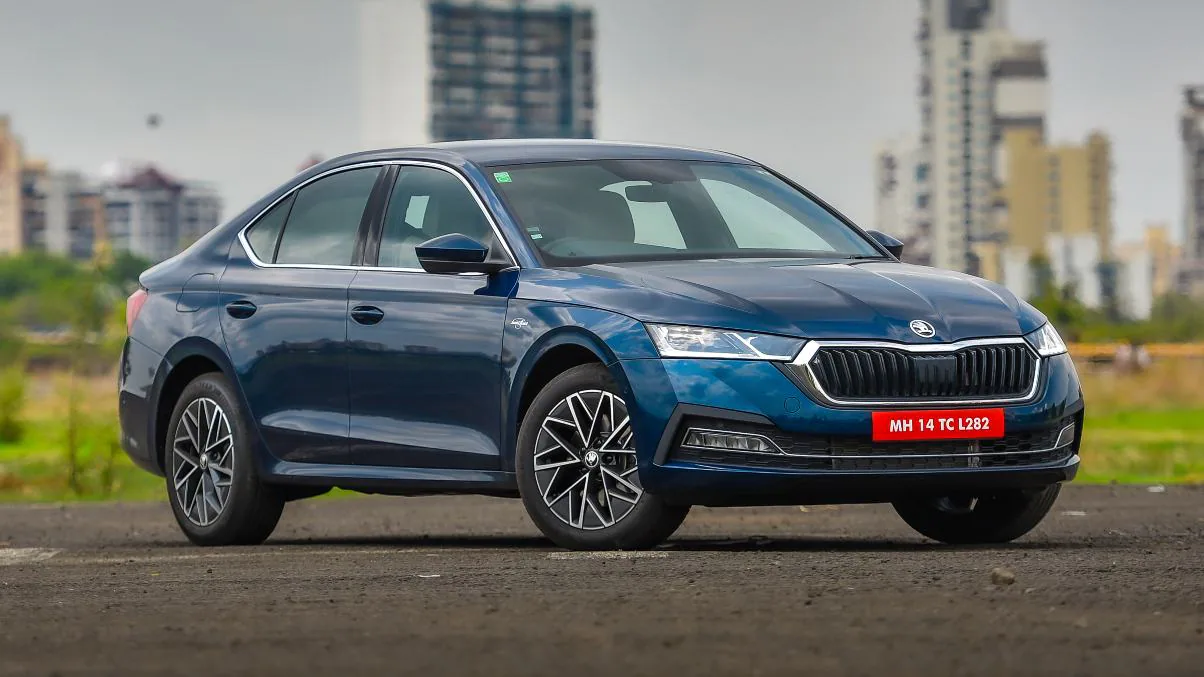FP ExplainersMay 09, 2022 17:44:15 IST
Smartphone displays or displays, in general, have grown leaps and bounds over the years. There was a time when no matter how expensive a phone you would have, it would have the same display technology, that would be found in a mid-range phone – a basic LCD screen. Yes, the resolution and quality would be different, but the underlying technology would be the same.
Cut to 2022, most of your phones now come with some form of an OLED display. Not only have we seen the resolution of displays, especially in mobile phones, tablets and laptops go up drastically, but we have also seen the quality of the displays get a lot better over the years. Rich and vibrant colours, proper inky blacks, low response times, high contrast, and incredible brightness – we have OLED displays to thank for all of these boons.
OLED panels have been around since the 2000s when it was introduced in a car stereo system. Later, when it got a little mainstream, we saw it in some phones, but because it wasn’t cost-effective and did not look anything like the OLEDs of today, we soon got rid of them. After tons of improvements and development, it came to rule the best TVs that money could buy. Now, the display technology is finding its way back into our phones and personal devices, albeit in three distinct forms – OLED, AMOLED & P-OLED.
What Are OLED Displays?
OLED or organic light-emitting diode is a display technology that runs a current through organic diodes on a glass substrate to create an image. The light-emitting pixels of an OLED display emits blue and yellow light. The yellow and blue light combine to form white light, which then passes through red, green, and blue subpixels in order to produce a single pixel. Unlike LCDs, OLED Panels do not need a separate backlight. This is one of the many reasons, why OLED displays consume much less energy, especially when they’re showing a dark image.
OLED displays have deep, inky blacks, and exceptionally good contrast. When no colour is displayed, there is no light emitted from that portion of the display. This also allows them to create “infinite contrast” or a contrast ratio of 1,000,000:1. That means, the darkest portion of the display, will be a million times darker than the portion that is the brightest. This gives us vivid colours and a better watching experience.
OLED panels, also have a much better response time, which, basically means, that each pixel responds to signal change much quicker than a traditional LCD. This is the refresh rate that manufacturers refer to. It basically means that an OLED panel will be able to change colours 120 times in a second. This gives the pictures that you watch a much more lucid, and smooth appeal.
OLED panels also take up a lot less space than your LCD panels, because they don’t use a panel for the backlight. This also makes them cheaper to make. And because they don’t need a backlight to work, OLED displays can be transparent at times. This has allowed manufacturers to develop in-display fingerprint readers and under-display cameras.
OLED Displays, however, are not perfect. They are prone to much faster degradation from age and UV exposure. Because the images and colours are very bright, on certain portions of the screen, one can often see the remnants or “ghosts” of an image, even when it is not being displayed. This is called burn-in, and it is the single biggest phenomenon that renders OLED panels useless, after a short period of constant use.
OLED panels are cheaper to manufacture, but because they are very thin, and fragile, in order to make a proper display out of it, as in a TV or a mobile phone, you need to use reinforced glass or metal frames. Also, at peak brightness, OLEDs draw more power than a regular LCD.
What Are AMOLED Displays?
If you’re buying a premium smartphone with an OLED display, chances are, you’re actually buying an AMOLED Display. AMOLED is an acronym for “Active Matrix OLED,” and modern OLED displays found in consumer electronics use an active matrix as opposed to passive matrices found in older OLED displays.
The active matrix or the thin-film transistor arrays used in AMOLED displays are more power efficient than most old OLED displays. Samsung dominates the market of AMOLED displays and has named the best of the best they produce as the Super AMOLED display. AMOLED displays usually combine the benefit of P-OLED displays and your regular OLED displays. They are very durable and versatile, and hence, tend to cost more.
What Are P-OLED Displays?
P-OLED stands for polymer organic light-emitting diode. In its most rudimentary form, it is a twist on a modern OLED panel, that cuts out most of the drawbacks that one gets with an OLED panel.
P OLED displays replace glass substrates with ones that are made of polymers or plastic. This makes the panel more shock-resistant, and less prone to breaking. Depending on the kind of polymer being used, P OLED displays can also be flexible, so they can be used in foldable and rollable devices. Because polymer sheets can be manufactured within much higher tolerances than glass, Polymer OLEDs or P OLED displays can be much thinner.
P OLED displays have a few drawbacks. Usually, they aren’t as tack sharp as the modern OLED displays; with that being said, the difference can rarely be spotted. P OLED displays have a higher tendency to burn in














